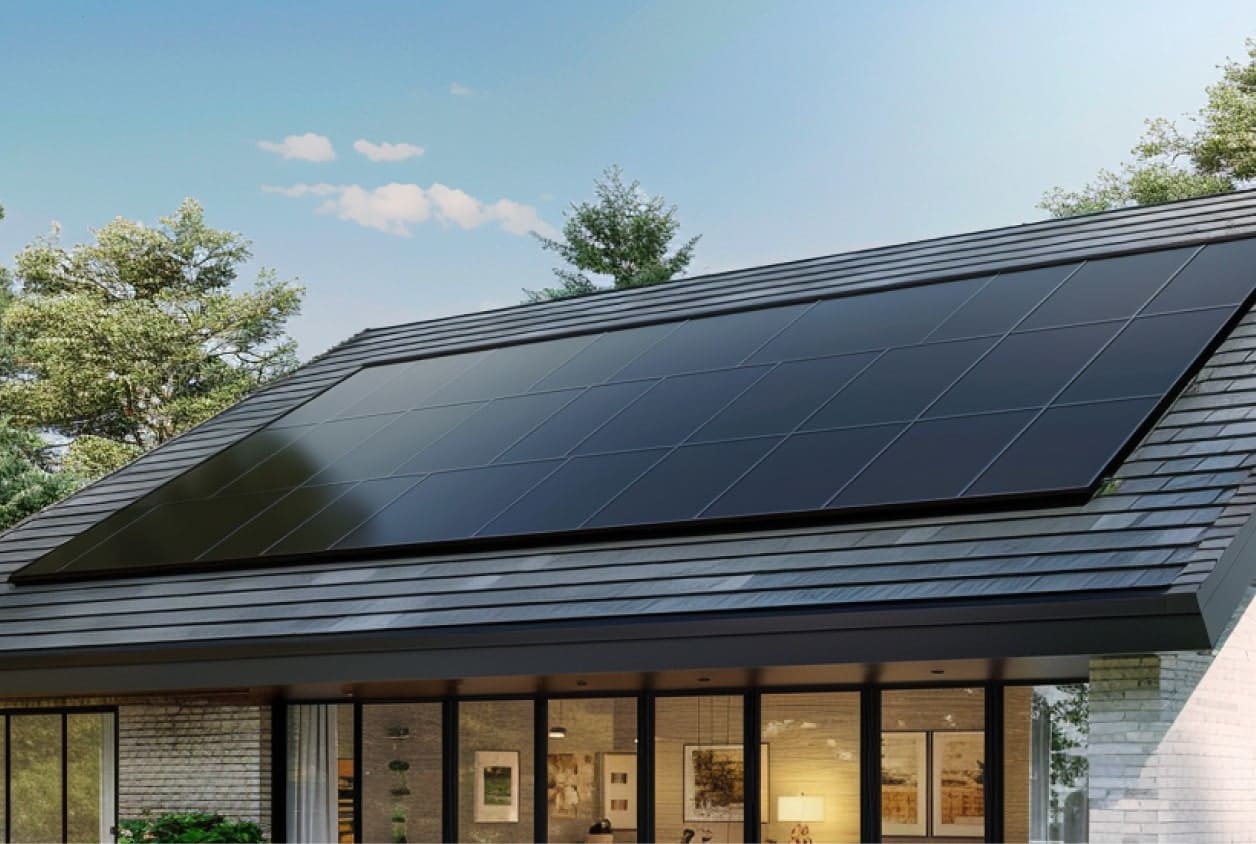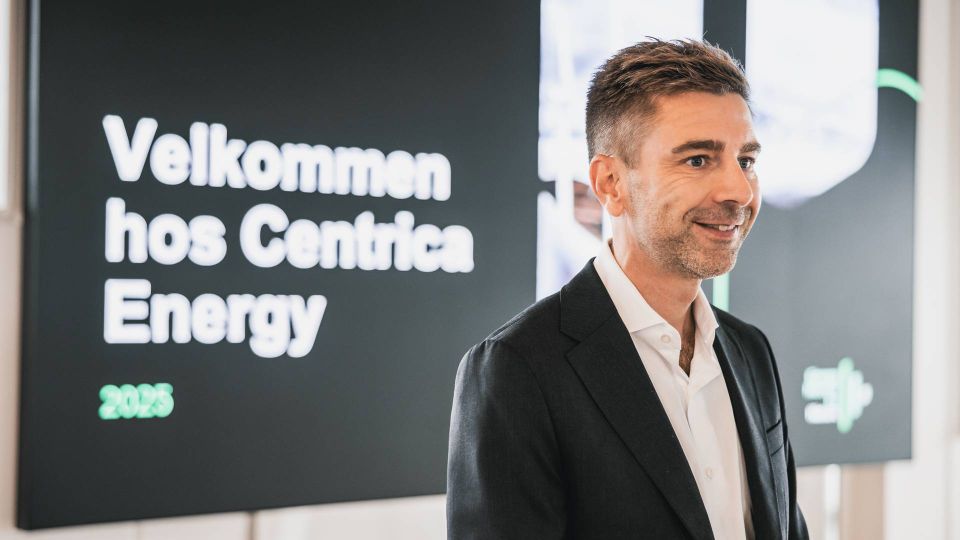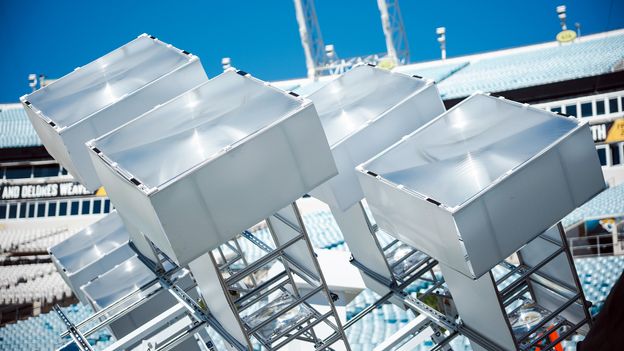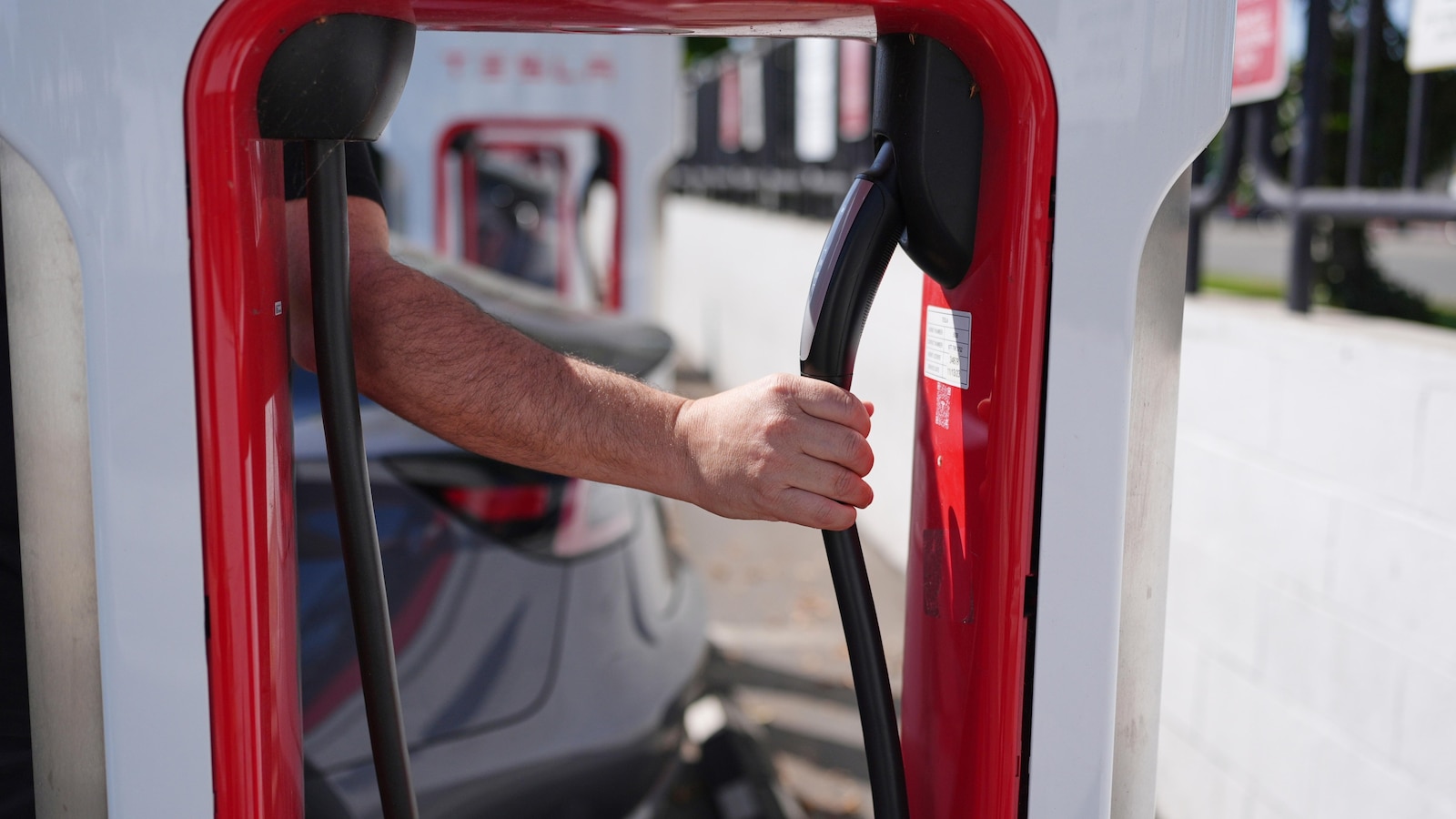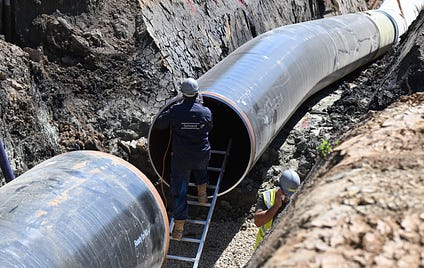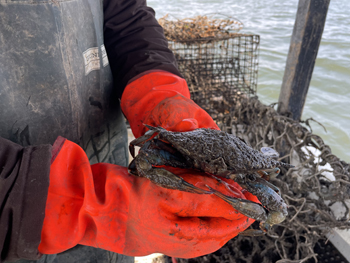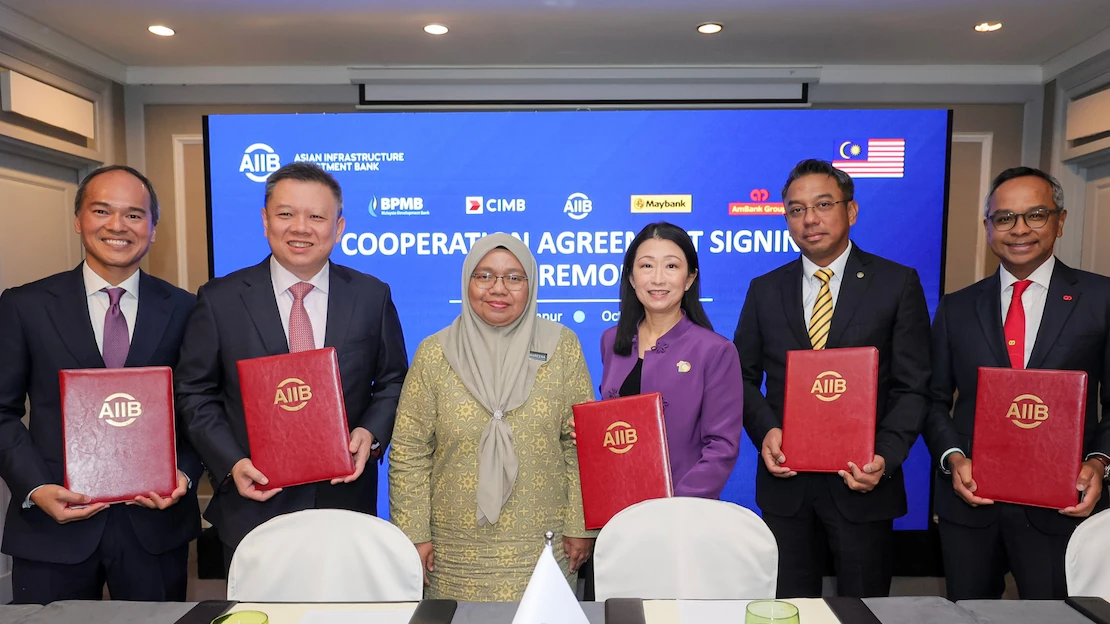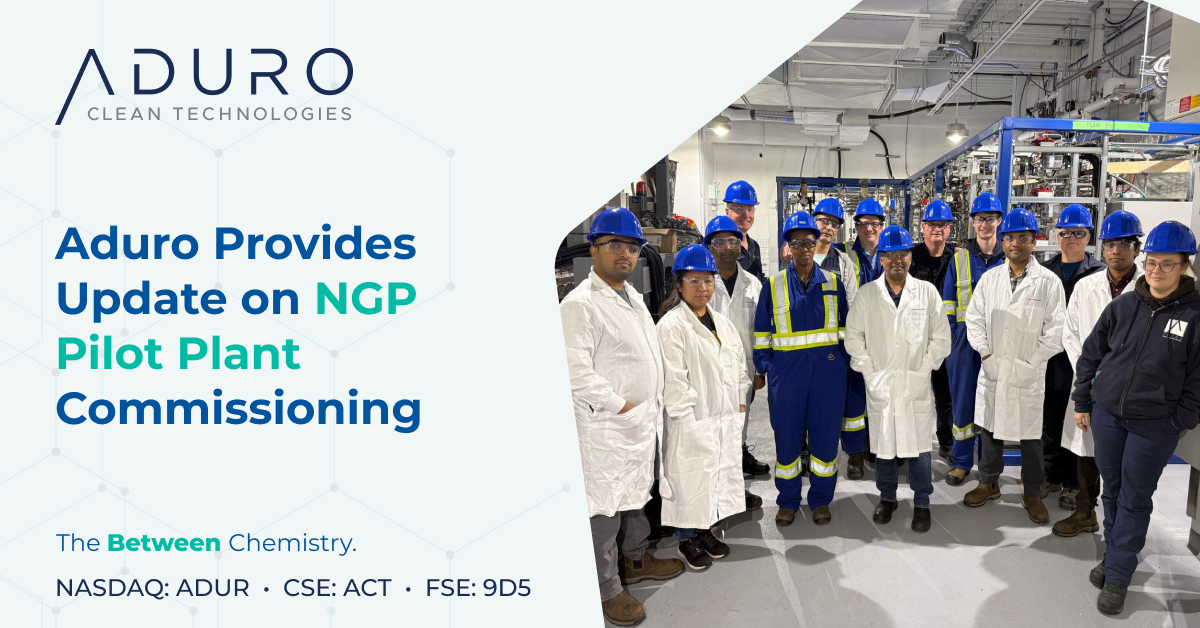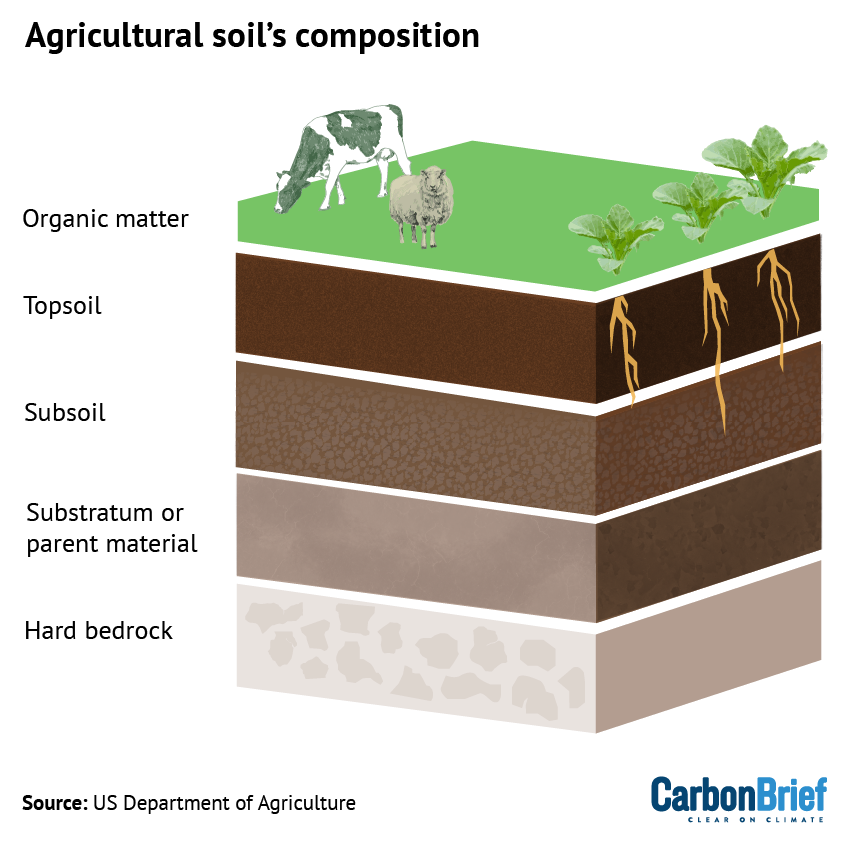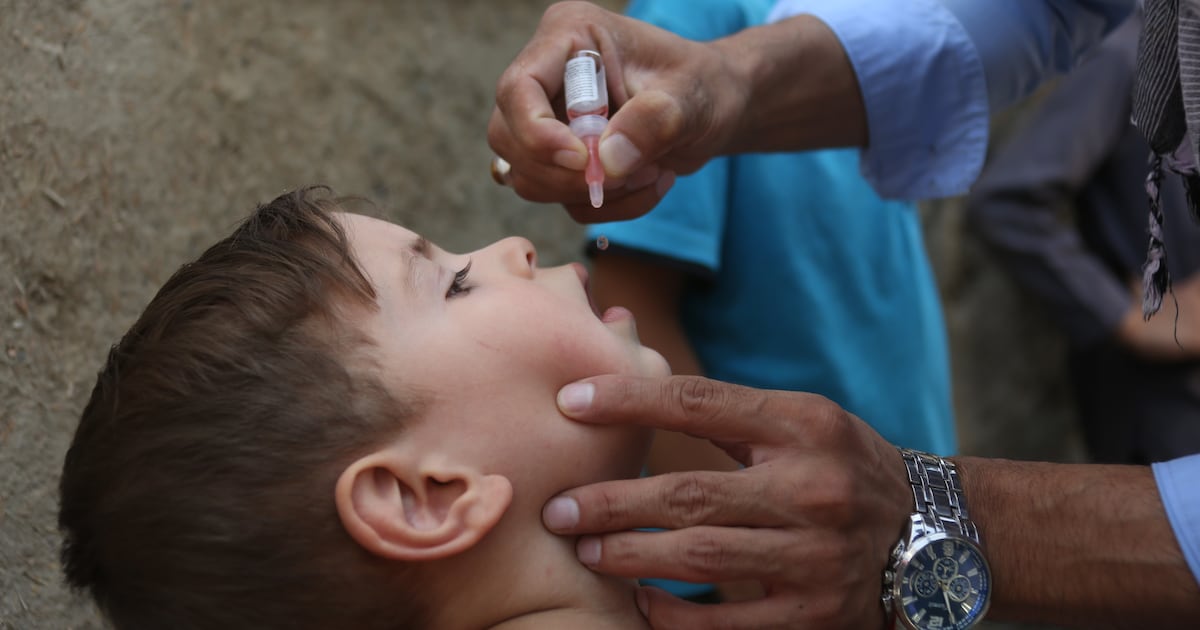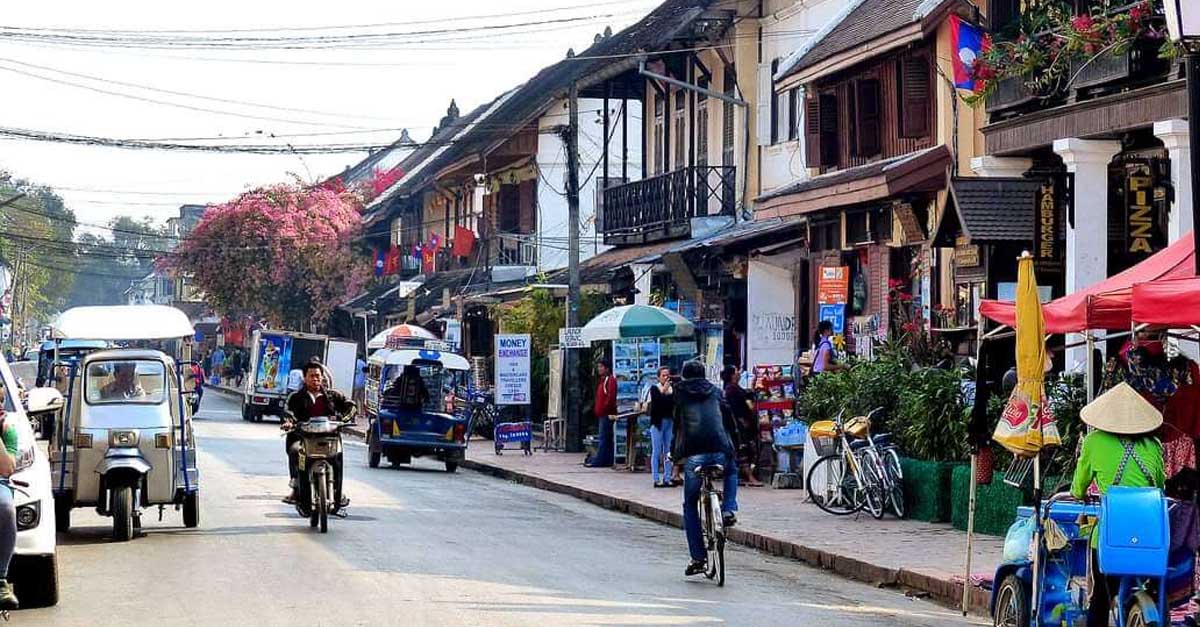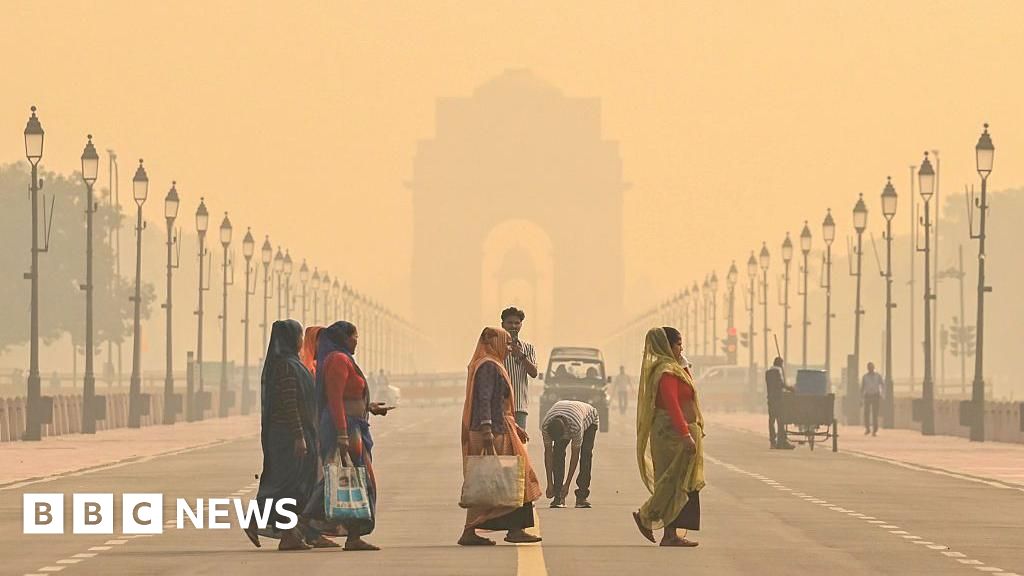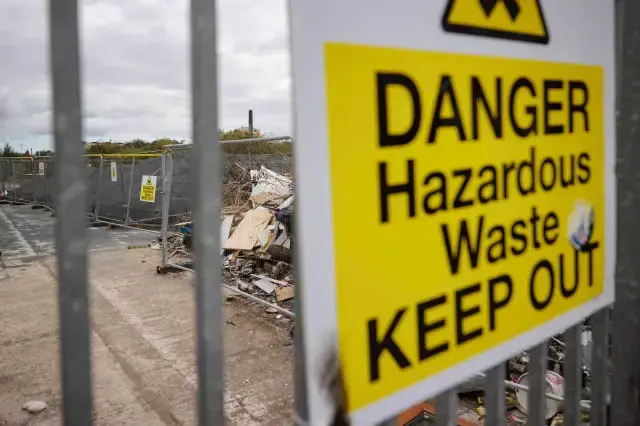Minneapolis rain gardens were built to reduce water pollution. Research shows they’re making it worse. – Star Tribune

Report on the Efficacy of Minneapolis Rain Gardens in Achieving Sustainable Development Goals
Introduction: Green Infrastructure and Urban Sustainability
In 2020, the City of Minneapolis initiated a green infrastructure project in the Hoyer Heights neighborhood, installing numerous rain gardens. This initiative was designed to advance several Sustainable Development Goals (SDGs), primarily focusing on:
- SDG 6 (Clean Water and Sanitation): By managing stormwater runoff to prevent flooding and filter pollutants before they enter urban water systems.
- SDG 11 (Sustainable Cities and Communities): By implementing nature-based solutions to enhance urban resilience and environmental quality.
The project, which has since expanded to include hundreds of installations across the city, was intended to mitigate water pollution, specifically targeting phosphorus, a key contributor to harmful algal blooms that degrade aquatic ecosystems, a concern related to SDG 14 (Life Below Water).
Collaborative Research Findings: A Challenge to Water Quality Objectives
A 2021 study, representing a partnership between the City of Minneapolis and the University of Minnesota’s St. Anthony Falls Laboratory (an example of SDG 17: Partnerships for the Goals), yielded unexpected results regarding the project’s impact on water quality.
Key Findings from the Hoyer Heights Study:
- Increased Phosphorus Levels: The study revealed that stormwater filtered through the new rain gardens contained higher concentrations of phosphorus than the water entering them.
- Source of Contamination: The compost used in the soil mixture to establish the gardens was identified as the primary source of the phosphorus leaching.
- Contradiction of Goals: This outcome is in direct opposition to the project’s objective of reducing pollutants to achieve Target 6.3 of SDG 6, which aims to improve water quality by reducing pollution. Andy Erickson, a research manager at the University of Minnesota, noted, “That is the exact opposite of what we’re trying to do.”
Implications for Sustainable Development Goals
The findings present a significant challenge, suggesting a potential conflict between different environmental objectives. While addressing one aspect of SDG 11 (flood mitigation), the project may be inadvertently undermining progress on other critical goals.
- Setback for SDG 6 and SDG 14: The elevated phosphorus discharge exacerbates the risk of eutrophication in city lakes, directly threatening the health of freshwater ecosystems and compromising efforts to ensure clean water resources for all.
- Need for Re-evaluation: The results call into question the composition of materials used in green infrastructure projects and highlight the need for rigorous testing to ensure they do not create secondary environmental problems.
Balanced Assessment and Path Forward
Despite the phosphorus issue, city officials and researchers maintain that the rain gardens provide significant net benefits and contribute positively to overall sustainability targets.
Verified Contributions to SDGs:
- Effective Pollutant Filtration (SDG 6): Monitoring confirmed that the gardens are highly effective at filtering other harmful pollutants from stormwater, including toxic heavy metals like lead.
- Flood Risk Reduction (SDG 11): The infrastructure continues to perform its primary function of managing stormwater volume, thereby reducing urban flood risks and enhancing community resilience.
Minneapolis spokesperson Haley Foster stated, “The rain gardens are still highly beneficial, and they’re doing their job.” The city views the findings not as a failure, but as an opportunity for adaptive management to refine the system. The ongoing research partnership aims to identify an alternative soil mixture that retains the benefits of the gardens while eliminating the unintended phosphorus pollution, thereby better aligning the project with the holistic vision of the Sustainable Development Goals.
1. Which SDGs are addressed or connected to the issues highlighted in the article?
-
SDG 6: Clean Water and Sanitation
The article’s primary focus is on managing urban stormwater to improve the quality of city lakes and rivers. It discusses efforts to “filter out pollutants” and the unintended consequence of increasing phosphorus levels, which directly relates to water quality and the health of freshwater resources.
-
SDG 11: Sustainable Cities and Communities
The article describes an urban infrastructure project (“hundreds of rain gardens, tree trenches”) in Minneapolis. This initiative is aimed at making the city more resilient to environmental challenges like flooding (“reduce flood risks”) and reducing its overall environmental impact by managing polluted runoff, which are key components of creating sustainable cities.
-
SDG 14: Life Below Water
This goal is relevant as it addresses pollution affecting aquatic ecosystems. The article specifically mentions that phosphorus is a “main culprit behind the increasingly common toxic algae blooms on city lakes.” These blooms are a form of nutrient pollution that severely harms life in freshwater ecosystems, connecting directly to the goal of reducing pollution of all kinds that affects aquatic life.
2. What specific targets under those SDGs can be identified based on the article’s content?
-
Target 6.3: Improve water quality by reducing pollution
The entire project is centered on this target. The rain gardens were designed to “filter out pollutants” from stormwater. The article discusses the project’s success in filtering “toxic metals such as lead” but its failure in reducing “phosphorus,” which is a key pollutant mentioned.
-
Target 6.6: Protect and restore water-related ecosystems
The stated purpose of reducing phosphorus was to prevent “toxic algae blooms on city lakes.” This directly addresses the protection and restoration of freshwater ecosystems (the lakes) that are being degraded by pollution.
-
Target 11.5: Reduce the impact of water-related disasters
The article explicitly states that the rain gardens were built to “help prevent flooding.” This aligns with the target of reducing the impact of disasters, including water-related ones like urban flooding, on communities.
-
Target 11.6: Reduce the adverse per capita environmental impact of cities
The installation of “green infrastructure” like rain gardens is a direct attempt to manage and mitigate the environmental impact of the city, specifically by addressing “stormwater” pollution before it reaches natural water bodies.
-
Target 14.1: Prevent and significantly reduce marine pollution of all kinds, in particular from land-based activities, including… nutrient pollution
Although this target specifies “marine” pollution, its principle applies to the freshwater context of the article. The focus on “phosphorus” from urban runoff is a direct example of addressing “nutrient pollution” from “land-based activities” to protect aquatic ecosystems.
3. Are there any indicators mentioned or implied in the article that can be used to measure progress towards the identified targets?
-
Concentration of pollutants in water
The article explicitly refers to a study that measured pollutant levels. It states that monitoring showed the gardens “filtered out other pollutants, including toxic metals such as lead” but also found an increase in “how much phosphorus comes out.” These measurements are direct indicators of water quality (Target 6.3) and the city’s environmental impact (Target 11.6).
-
Presence and frequency of toxic algae blooms
The article identifies “toxic algae blooms on city lakes” as a key problem the project aimed to solve. The occurrence of these blooms serves as a clear, visible indicator of the health of the water-related ecosystem and the extent of nutrient pollution (Targets 6.6 and 14.1).
-
Number and coverage of green infrastructure installations
The article quantifies the city’s efforts by mentioning the installation of “hundreds of rain gardens,” including “nearly 200 gardens… along Grand Avenue” and “more than 100 along Bryant Avenue.” This number serves as a process indicator for actions taken to mitigate flood risk and manage stormwater (Targets 11.5 and 11.6).
4. Table of SDGs, Targets, and Indicators
| SDGs | Targets | Indicators |
|---|---|---|
| SDG 6: Clean Water and Sanitation | 6.3: Improve water quality by reducing pollution. | Concentration of pollutants (phosphorus, toxic metals like lead) in stormwater runoff. |
| SDG 6: Clean Water and Sanitation | 6.6: Protect and restore water-related ecosystems. | Presence and frequency of “toxic algae blooms on city lakes.” |
| SDG 11: Sustainable Cities and Communities | 11.5: Reduce the impact of water-related disasters. | Number of green infrastructure units (“hundreds of rain gardens”) installed to “prevent flooding.” |
| SDG 11: Sustainable Cities and Communities | 11.6: Reduce the adverse per capita environmental impact of cities. | Measurement of pollutants filtered from stormwater by green infrastructure. |
| SDG 14: Life Below Water | 14.1: Reduce nutrient pollution from land-based activities. | Measurement of phosphorus levels in water, as an indicator of nutrient pollution. |
Source: startribune.com

What is Your Reaction?
 Like
0
Like
0
 Dislike
0
Dislike
0
 Love
0
Love
0
 Funny
0
Funny
0
 Angry
0
Angry
0
 Sad
0
Sad
0
 Wow
0
Wow
0







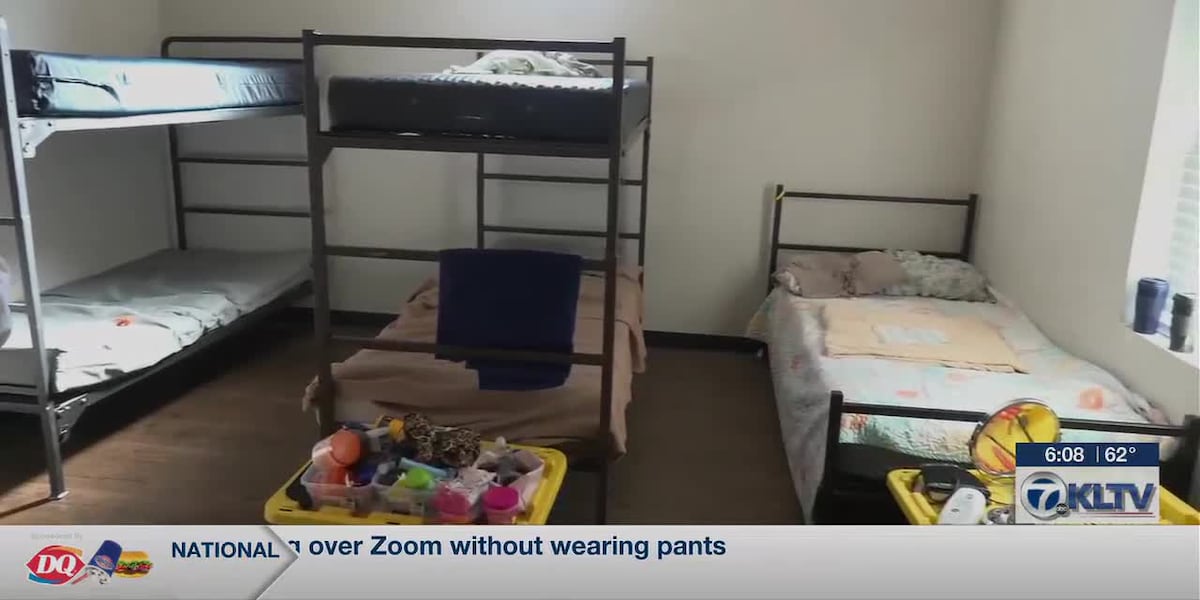



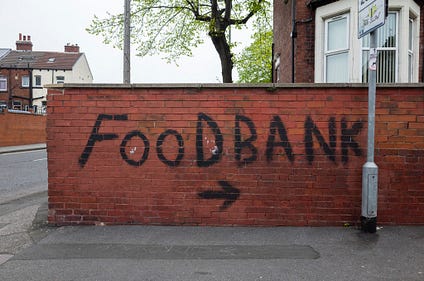

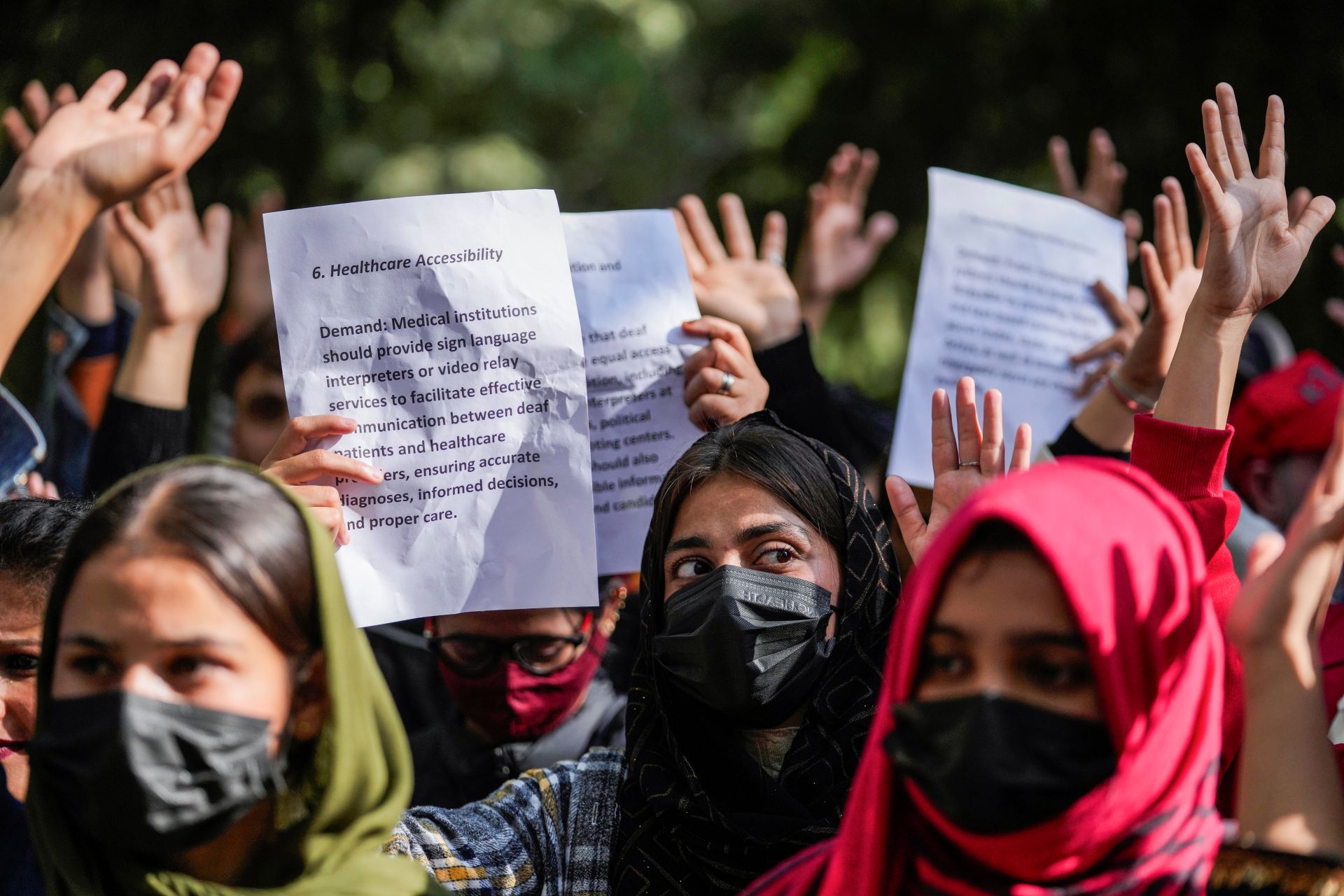













;Resize=805#)

